Sticky Fingers
The Life and Times of Jann Wenner and Rolling Stone Magazine
From the very beginning, he was wearing oxford cloth button down shirts and proclaiming that the magazine was not a hippie enterprise. His plan was to make money. Oh, he was a fan of the new rock music alright and he was caught up in the Haight-Ashbury milieu of the 1960s, but he was never interested in cadging spare change and living in some rough and seedy crash pad. As he said, he wanted money. Also, he had loved John Lennon and John Lennon had loved Jann Wenner—until, in a ploy to make even more money, Jann seriously crossed John.
And so the book opens: The prologue tells of the Lennon/Wenner feud. The first chapter begins Wenner’s history, with the customary information of his forebears, his background, and his schooling. From there, it chronologically details how Wenner created and nurtured the Rolling Stone empire. It tells how he began hobnobbing with rock stars (he had a prolonged touch-and-go friendship with Mick Jagger) then, surprisingly, soon after he was jet-setting with the likes of Norman Mailer, Henry Kissinger, Jackie Onassis, and Diane von Furstenberg. We get, in depth, an insight into Wenner’s aspirations, star-f**king, drug use, sex life, marriage, divorce, greed, covetousness, courage, cowardliness, business practices, friendships, animosities, loyalties, and betrayals. The last page of the last chapter meaningfully and tidily sums up all of this by asking this question: Was Wenner “51 percent good or 51 percent bad?”
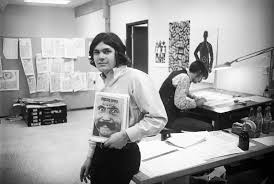 Wenner’s life both parallels and symbolizes America’s arc from naive idealism to insatiable materialism—from Wavy Gravy to Donald Trump.
Wenner’s life both parallels and symbolizes America’s arc from naive idealism to insatiable materialism—from Wavy Gravy to Donald Trump.
Joe Hagan is a professional journalist who has been published in The Wall Street Journal, New York, and Rolling Stone. He doesn’t take his job lightly. The book is crammed with facts and opinions garnered from a mass of correspondence, interviews and research, and he acknowledges that he received assistance from hundreds of people to complete Sticky Fingers. Eight and one-half pages of notes and a twenty-two and one-half page index attest to his dedication. His personal interactions with Wenner are transparent. Sizeable chunks of the book read like a novel. Five-hundred pages go by quickly. Hagan invites you care about his subject, even allowing you to sympathize with and perhaps even like Jann Wenner. No mean feat that.
Copyright 2018, Bill Wolf (speedreaders.info)


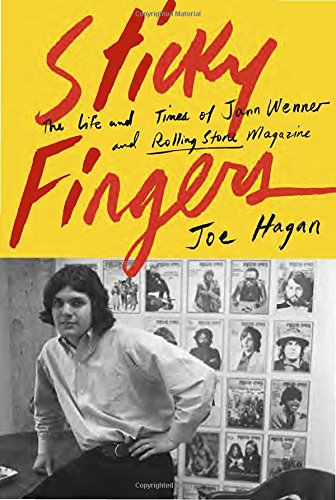
 RSS Feed - Comments
RSS Feed - Comments

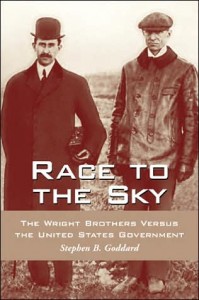


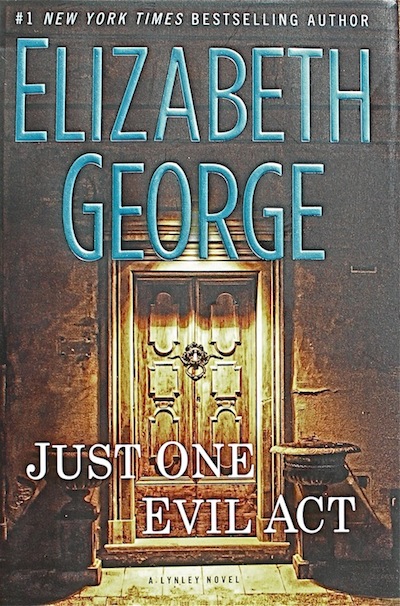












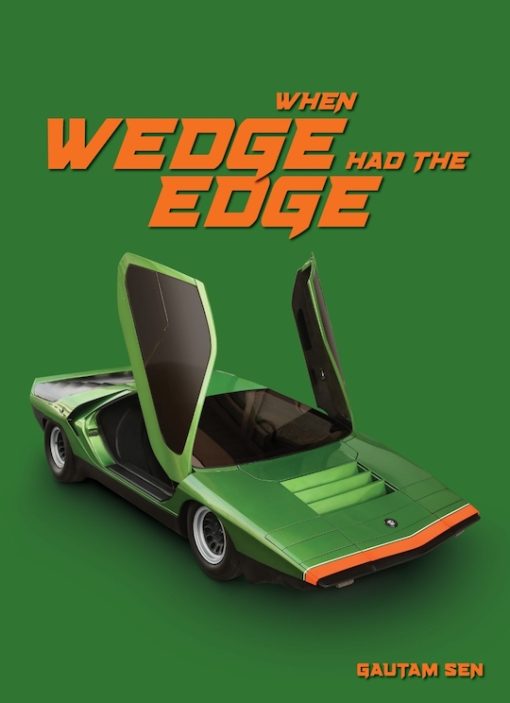

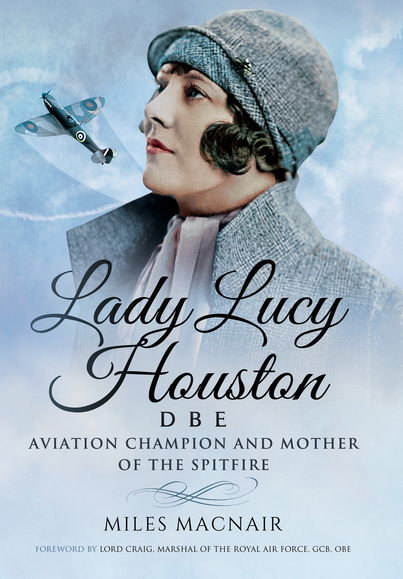
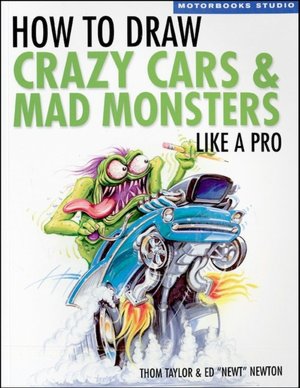














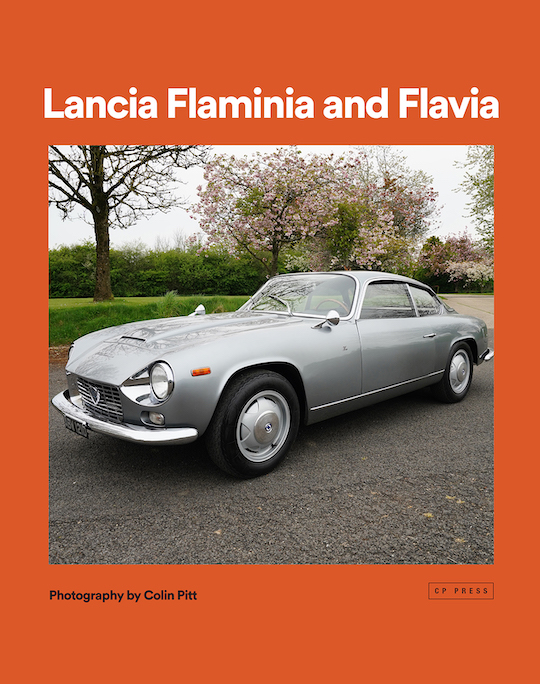



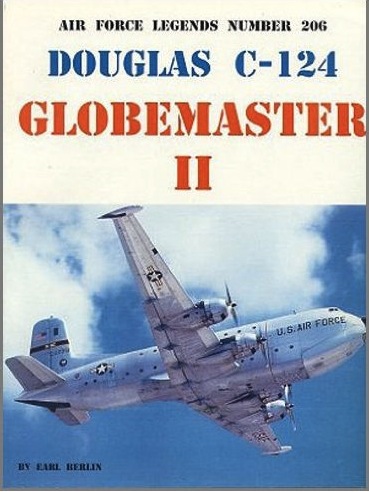


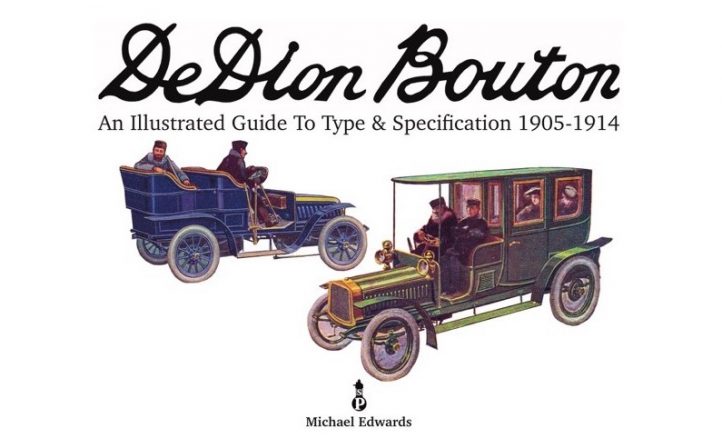
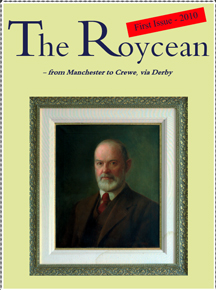


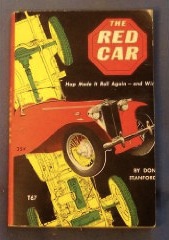
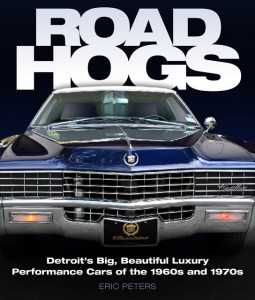
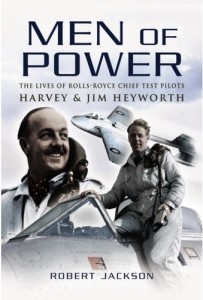
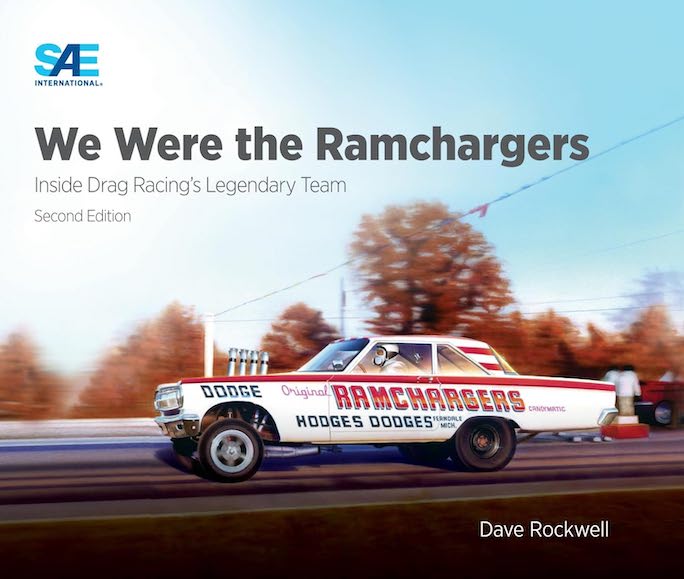



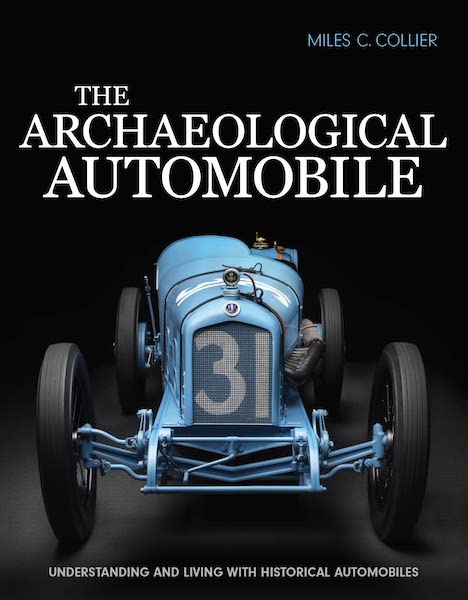


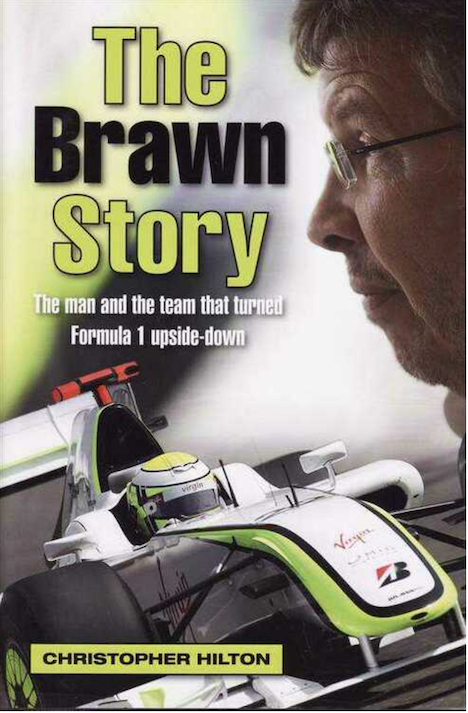
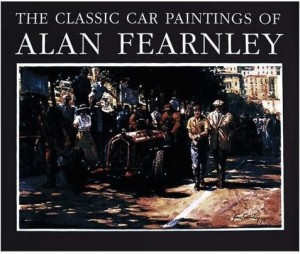












 Phone / Mail / Email
Phone / Mail / Email RSS Feed
RSS Feed Facebook
Facebook Twitter
Twitter